Since being called up to the Baltimore Orioles in 2012, Manny Machado has been the signature player on an Orioles club that has made it to the playoffs three times in his tenure. Now the talented shortstop is on the move: Machado is being traded to the Los Angeles Dodgers as Baltimore undergoes a massive rebuild.
Between Machado, LeBron James leaving the Cleveland Cavaliers for the Los Angeles Lakers in NBA free agency and Kawhi Leonard heading to Canada, stars are on the move. That raises the question: Does losing a star player equal a team falling off its previous pace? Or is it a case of the cliché "next man up"? As you'll see below, it has been a little bit of both since 2000.
Here's a look at how teams have adjusted to the loss of premier players at the top of their game. As you'll notice, we did only one move per star player (aka the LeBron rule) and added some 20th-century moves at the end of each category.
Immediate Collapse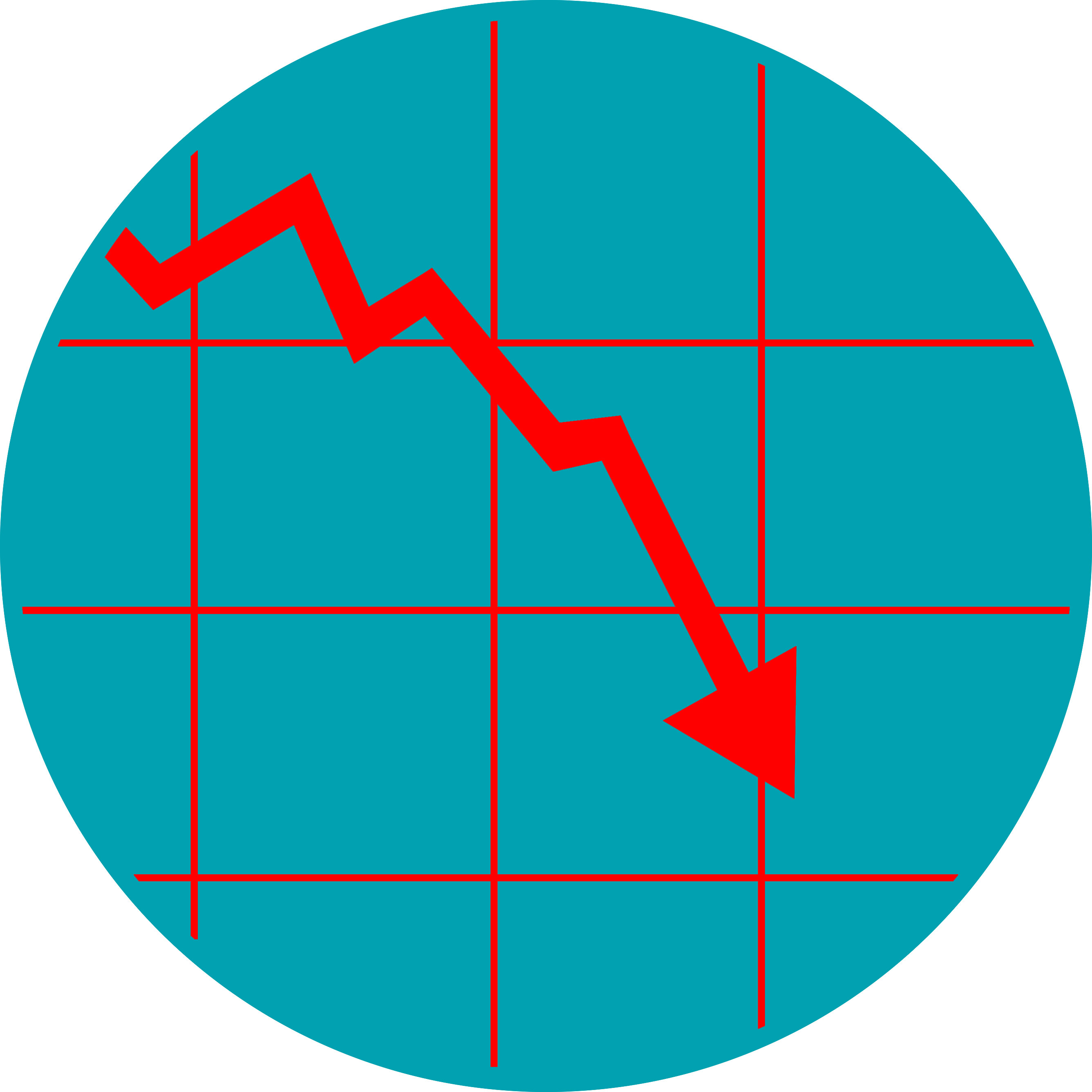
These teams did not react well to losing their stars, going into prolonged funks or, in the case of one, moving out of the city it called home.
Kevin Garnett, Minnesota Timberwolves (2007)
 Situation: After three seasons of diminishing wins and no postseason, the Timberwolves decided to trade their franchise player to the Boston Celtics in a 7-for-1 deal, getting Al Jefferson, Sebastian Telfair, Gerald Green, Ryan Gomes, Theo Ratliff and two first-round picks before the 2007-08 season.
Situation: After three seasons of diminishing wins and no postseason, the Timberwolves decided to trade their franchise player to the Boston Celtics in a 7-for-1 deal, getting Al Jefferson, Sebastian Telfair, Gerald Green, Ryan Gomes, Theo Ratliff and two first-round picks before the 2007-08 season.
Effect: The haul the Wolves got from Garnett didn't exactly get them back on the winning path, as they lost 60 or more games three of the next four seasons. It took 10 seasons after the Garnett trade for Minnesota to make it back to the playoffs. Meanwhile, "The Big Ticket" won an NBA title his first season in Boston.
Dominik Hasek, Buffalo Sabres (2001)
 Situation: The Sabres were in cost-cutting mode, so they decided to trade the future Hall of Fame goaltender to the Detroit Red Wings for Slava Kozlov, a draft pick and future considerations before the 2001-02 season.
Situation: The Sabres were in cost-cutting mode, so they decided to trade the future Hall of Fame goaltender to the Detroit Red Wings for Slava Kozlov, a draft pick and future considerations before the 2001-02 season.
Effect: Buffalo instantly went from Stanley Cup contender (it was in the Final in 1999) to a last-place club in the Northeast Division, and the Sabres finished in the bottom spot three straight years after dealing Hasek. Hasek saw immediate success in Detroit, helping lead the Red Wings to a championship in 2002.
Ilya Kovalchuk, Atlanta Thrashers (2010)
 Situation: Kovalchuk was a dazzling player (averaging more than 47 goals per season in four seasons in Atlanta) in a market that needed a star, but his price was more than what the Thrashers were willing to spend, so they traded him to New Jersey as part of a four-player, three-pick swap in February 2010.
Situation: Kovalchuk was a dazzling player (averaging more than 47 goals per season in four seasons in Atlanta) in a market that needed a star, but his price was more than what the Thrashers were willing to spend, so they traded him to New Jersey as part of a four-player, three-pick swap in February 2010.
Effect: Basically, it was the end of hockey in Atlanta. The Thrashers struggled to win and gain traction in the market before Kovalchuk and didn't have much of a hook in the city after. They spent one more season in Atlanta before moving to Winnipeg and rebranding themselves as the Jets.
Terrell Owens, San Francisco 49ers (2004)
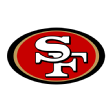 Situation: Owens was one of the most prolific receivers in the NFL during his eight seasons in San Francisco, but his feuds with players and coaches wore thin on the 49ers, who traded him to the Eagles as part of a three-way deal that also involved the Ravens.
Situation: Owens was one of the most prolific receivers in the NFL during his eight seasons in San Francisco, but his feuds with players and coaches wore thin on the 49ers, who traded him to the Eagles as part of a three-way deal that also involved the Ravens.
Effect: The 49ers went from being competitive to one of the worst teams in the NFL, missing the playoffs in the seven seasons following Owens' departure and losing 10 or more games in four of those seasons. Meanwhile, Owens helped lead the Eagles to the Super Bowl in his first season in Philly before quickly wearing out his welcome.
Zach Parise, New Jersey Devils (2012)
 Situation: Parise was a potent, two-way force at left wing for the Devils, making one All-Star team in his seven seasons in New Jersey. He left the Devils after helping them to the 2012 Stanley Cup Final, signing a 13-year, $98 million deal with the Wild.
Situation: Parise was a potent, two-way force at left wing for the Devils, making one All-Star team in his seven seasons in New Jersey. He left the Devils after helping them to the 2012 Stanley Cup Final, signing a 13-year, $98 million deal with the Wild.
Effect: The Devils went from playoff regulars to postseason no-shows after Parise left, missing the playoffs in the five seasons following their Cup Final appearance. New Jersey finally got back to the playoffs this past season, losing in the first round to Tampa Bay.
Chris Paul, New Orleans Pelicans (2011)
 Situation: Paul had become an All-Star point guard in his six seasons with the then-Hornets, leading them to three playoff berths in four years. But with an unsettled ownership situation (the NBA was controlling the team) and his impending free agency, he was dealt to the Clippers as part of a four-player, three-pick swap in December 2011.
Situation: Paul had become an All-Star point guard in his six seasons with the then-Hornets, leading them to three playoff berths in four years. But with an unsettled ownership situation (the NBA was controlling the team) and his impending free agency, he was dealt to the Clippers as part of a four-player, three-pick swap in December 2011.
Effect: The Pelicans went from a consistent playoff team to the dregs of the NBA, missing the playoffs in five of the next six seasons and finishing 12th or worse in the West in four of those seasons. This season's first-round sweep of Portland was the first time the Pelicans had won a postseason game since Paul left.
Justin Verlander, Detroit Tigers (2017)
 Situation: With the Tigers out of playoff contention, Detroit dealt the former Cy Young pitcher to the Astros in August 2017 for three prospects and committed to a substantial rebuild.
Situation: With the Tigers out of playoff contention, Detroit dealt the former Cy Young pitcher to the Astros in August 2017 for three prospects and committed to a substantial rebuild.
Effect: While the prospects the Tigers received (Franklin Perez, Jake Rogers and Daz Cameron) could shine eventually, Detroit spiraled to the worst record in MLB last season and is in the midst of another losing season as it rebuilds its system. Meanwhile, Verlander got the World Series title that eluded him in Detroit and is having another stellar season with the Astros.
Old-school examples: Barry Bonds, 1993 (left Pittsburgh Pirates as a free agent for San Francisco Giants); Charles Barkley, 1992 (traded from Philadelphia 76ers to Phoenix Suns)
Significant recession
These teams didn't fall off as much as the ones above, but there was a significant downgrade. In the first case, there was an immediate collapse, but the results of that collapse helped bring about great success.
LeBron James, Cleveland Cavaliers (2010)
 Situation: After seven seasons in Cleveland, James left northeast Ohio as a free agent and "took his talents to South Beach" to play with Dwyane Wade, Chris Bosh and the Miami Heat, announcing it infamously via "The Decision" and breaking the hearts of the hometown fans.
Situation: After seven seasons in Cleveland, James left northeast Ohio as a free agent and "took his talents to South Beach" to play with Dwyane Wade, Chris Bosh and the Miami Heat, announcing it infamously via "The Decision" and breaking the hearts of the hometown fans.
Effect: Considering the Cavs plummeted to the bottom of the NBA, it would seem as if this would be a collapse, especially when compared to the two NBA titles LeBron won in Miami. But the Cavs' losing brought Kyrie Irving and two other No. 1 picks (Anthony Bennett and Andrew Wiggins) who were dealt for Kevin Love, providing the ingredients to complement an NBA champion ... once LeBron returned four years later.
Miguel Cabrera, Florida Marlins (2007)
 Situation: The Marlins were in the midst of cutting salaries and couldn't afford to keep the emerging Cabrera, so they traded him and Dontrelle Willis to the Tigers in December 2007 for a six-player package that included Andrew Miller and Cameron Maybin.
Situation: The Marlins were in the midst of cutting salaries and couldn't afford to keep the emerging Cabrera, so they traded him and Dontrelle Willis to the Tigers in December 2007 for a six-player package that included Andrew Miller and Cameron Maybin.
Effect: Weirdly enough, the Marlins improved in the two seasons after dealing Miggy, winning 84 games in 2008 and 87 in 2009, their best seasons since they won the World Series in 2003. But the Marlins haven't had a winning season since, and one wonders what they could have done in '08 and '09 with an eventual Triple Crown winner on their roster. That's why they're here.
Albert Haynesworth, Tennessee Titans (2009)
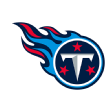 Situation: Haynesworth developed into one of the best defensive tackles in the game, making consecutive Pro Bowls heading into free agency after the 2008 season. The Redskins won a bidding war for the massive D-lineman, signing him to a seven-year, $100 million contract.
Situation: Haynesworth developed into one of the best defensive tackles in the game, making consecutive Pro Bowls heading into free agency after the 2008 season. The Redskins won a bidding war for the massive D-lineman, signing him to a seven-year, $100 million contract.
Effect: While Haynesworth's career famously imploded after he signed with the Redskins, the Titans also hit the skids after he left. They went from 13-3 in 2008 to 8-8 in 2009, didn't have a winning season again until 2016 and didn't make the playoffs again until 2017.
Randy Moss, Minnesota Vikings (2005)
 Situation: Moss was a five-time Pro Bowler in seven seasons with Minnesota, but his off-the-field drama was too much for the team, which traded him to the Raiders for Napoleon Harris and two 2005 draft picks (one of which turned into first-round WR bust Troy Williamson).
Situation: Moss was a five-time Pro Bowler in seven seasons with Minnesota, but his off-the-field drama was too much for the team, which traded him to the Raiders for Napoleon Harris and two 2005 draft picks (one of which turned into first-round WR bust Troy Williamson).
Effect: None of the players the Vikings acquired for Moss panned out, and they missed the playoffs three straight seasons after making it with Moss in 2004. But more than that, Moss' departure changed the career path of QB Daunte Culpepper, who was never the same. Keeping Moss, who set the NFL single-season record for TD receptions in 2007, might have helped.
Manny Ramirez, Cleveland Indians (2000)
 Situation: Ramirez turned into a perennial All-Star on an Indians team that was a postseason regular, and he became one of the best power hitters in the game. That upped the market for him when he was a free agent after the 2000 season, and he signed an eight-year, $160 million deal with the Red Sox.
Situation: Ramirez turned into a perennial All-Star on an Indians team that was a postseason regular, and he became one of the best power hitters in the game. That upped the market for him when he was a free agent after the 2000 season, and he signed an eight-year, $160 million deal with the Red Sox.
Effect: The Indians made the playoffs in the first season post-Manny but declined quickly thereafter, with three straight losing seasons and four out of five. They made the playoffs again in 2007, only to lose to Ramirez and the Red Sox in the ALCS after blowing a 3-1 lead.
Alex Rodriguez, Seattle Mariners (2000)
 Situation: Rodriguez became a star in his seven seasons in Seattle, making four All-Star teams and being a leader on three Mariners playoff teams. That and his young age helped the 25-year-old shortstop break the free-agent market with a record 10-year, $252 million deal with the Rangers.
Situation: Rodriguez became a star in his seven seasons in Seattle, making four All-Star teams and being a leader on three Mariners playoff teams. That and his young age helped the 25-year-old shortstop break the free-agent market with a record 10-year, $252 million deal with the Rangers.
Effect: Seattle was unaffected at first -- in fact, it set a major league record with 116 wins in 2001. But the Mariners lost in the ALCS to the Yankees and slowly declined over the following seasons. They haven't been back to the playoffs since 2001, the longest active drought in the majors.
Chris Sale, Chicago White Sox (2016)
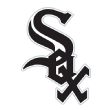 Situation: Sale was an All-Star pitcher in his final five seasons in Chicago but was frustrated by the Sox's struggles -- they had suffered four straight losing seasons -- to the point of petulantly shredding jerseys. He was sent to the Red Sox for four players in December 2016.
Situation: Sale was an All-Star pitcher in his final five seasons in Chicago but was frustrated by the Sox's struggles -- they had suffered four straight losing seasons -- to the point of petulantly shredding jerseys. He was sent to the Red Sox for four players in December 2016.
Effect: The Sale trade was the first step toward a massive rebuild for the White Sox, who lost 95 games last year and are on pace to drop more than 100 this season. Whether this gets upgraded (or downgraded) will be based on whether players such as Yoan Moncada, who was part of the package Boston sent for Sale, blossom in the coming years.
Old-school example: Reggie White, 1993 (leaves Philadelphia Eagles as a free agent to sign with Green Bay Packers)
Slight downturn
These teams did a decent job of rallying around who was left, but inevitably, losing a star caused their performance to fall off the pace.
Kevin Durant, Oklahoma City Thunder (2016)
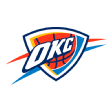 Situation: Shortly after the Thunder lost a tough, seven-game Western Conference finals series to the Warriors, they lost their star to Golden State, as Durant signed a two-year, $54.3 million contract with the Warriors.
Situation: Shortly after the Thunder lost a tough, seven-game Western Conference finals series to the Warriors, they lost their star to Golden State, as Durant signed a two-year, $54.3 million contract with the Warriors.
Effect: The Thunder have continued to be a playoff team, thanks to the efforts of Russell Westbrook (and Paul George), but they haven't won a playoff series since Durant left. Durant, meanwhile, has won plenty of playoff series in helping lead the Warriors to back-to-back titles.
Ken Griffey Jr., Seattle Mariners (2000)
 Situation: Griffey was an iconic superstar in his 11 seasons in Seattle, slamming 399 home runs before he turned 30. He wanted to move closer to family, though, and was traded to Cincinnati, at his request, in exchange for four players.
Situation: Griffey was an iconic superstar in his 11 seasons in Seattle, slamming 399 home runs before he turned 30. He wanted to move closer to family, though, and was traded to Cincinnati, at his request, in exchange for four players.
Effect: The Mariners did better in their first two years without Griffey than they did in his last two years in Seattle, making it to the ALCS in 2000 and 2001, thanks in part to Mike Cameron, one of the players the M's got from the Reds. The Mariners haven't made the playoff since 2001, though, which is why they're in this section.
Shaquille O'Neal, Los Angeles Lakers (2004)
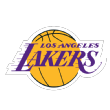 Situation: The Shaq vs. Kobe friction became too much after the Lakers were upset by the Pistons in the 2004 NBA Finals, so the Lakers parted with O'Neal, dealing him to the Heat for three players (Caron Butler, Brian Grant and Lamar Odom) and a first-round draft pick (that became Jordan Farmar).
Situation: The Shaq vs. Kobe friction became too much after the Lakers were upset by the Pistons in the 2004 NBA Finals, so the Lakers parted with O'Neal, dealing him to the Heat for three players (Caron Butler, Brian Grant and Lamar Odom) and a first-round draft pick (that became Jordan Farmar).
Effect: The Lakers missed the playoffs in 2005, their first miss in 11 years, and were eliminated in the first round in 2006 and 2007. L.A. wasn't down long, though, as the acquisition of Pau Gasol helped them get to the Finals in 2008 and win back-to-back titles in 2009 and 2010.
P.K. Subban, Montreal Canadiens (2016)
 Situation: Subban was a two-time All-Star in his seven seasons with the Canadiens and won the Norris Trophy in 2013. But Montreal, wanting a boost after missing the playoffs in 2016, traded the hard-hitting defenseman to the Predators in exchange for Shea Weber.
Situation: Subban was a two-time All-Star in his seven seasons with the Canadiens and won the Norris Trophy in 2013. But Montreal, wanting a boost after missing the playoffs in 2016, traded the hard-hitting defenseman to the Predators in exchange for Shea Weber.
Effect: While Subban has been a hit in Nashville, the Canadiens have gone up and down since the trade. They won the Atlantic Division in 2017, only to lose in the first round of the playoffs to the Rangers, and they missed the postseason altogether this past season.
Old-school example: Wayne Gretzky, 1988 (traded from the Edmonton Oilers to the Los Angeles Kings)
Semblance of stability
While these teams would have preferred to keep their premier players, their overall paths didn't really change due to the departures.
Champ Bailey, Washington Redskins (2004)
 Situation: Bailey made the Pro Bowl in four of his five seasons with the Redskins and was looking for a big payday after his rookie contract expired. The Redskins wanted to put the franchise tag on Bailey, who balked at that. Washington then traded him and a second-round pick to the Broncos for Clinton Portis.
Situation: Bailey made the Pro Bowl in four of his five seasons with the Redskins and was looking for a big payday after his rookie contract expired. The Redskins wanted to put the franchise tag on Bailey, who balked at that. Washington then traded him and a second-round pick to the Broncos for Clinton Portis.
Effect: While Bailey continued his All-Pro play in Denver, the Redskins got an offensive playmaker in Portis. The Redskins made the playoffs in 2005 for the first time since 1999 (Bailey's rookie season), won their wild-card game and made the postseason again in 2007.
Chris Bosh, Toronto Raptors (2010)
 Situation: Bosh took over for Vince Carter as the Raptors' star, helping lead them to two playoff berths in seven seasons while making five All-Star teams. But Toronto missed the playoffs the previous two seasons before Bosh signed with the Heat in July 2010 to join LeBron James and Dwyane Wade.
Situation: Bosh took over for Vince Carter as the Raptors' star, helping lead them to two playoff berths in seven seasons while making five All-Star teams. But Toronto missed the playoffs the previous two seasons before Bosh signed with the Heat in July 2010 to join LeBron James and Dwyane Wade.
Effect: The Raptors were slightly worse in the first two seasons post-Bosh, but they weren't making many playoff appearances while he was around, either. After a third year of missing the playoffs, Toronto finally turned the corner in 2013-14.
Peyton Manning, Indianapolis Colts (2012)
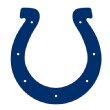 Situation: Manning was prolific in his 13 seasons with the Colts, leading Indianapolis to 11 playoff appearances and a Super Bowl title while throwing for 54,828 yards and 399 touchdowns. But a neck injury that cost him the 2011 season prompted him and the Colts to part ways, and Manning signed a five-year, $96 million contract with the Broncos.
Situation: Manning was prolific in his 13 seasons with the Colts, leading Indianapolis to 11 playoff appearances and a Super Bowl title while throwing for 54,828 yards and 399 touchdowns. But a neck injury that cost him the 2011 season prompted him and the Colts to part ways, and Manning signed a five-year, $96 million contract with the Broncos.
Effect: While Manning got healthy and was a star for most of his four seasons in Denver, the Colts didn't do too badly without him. Thanks to Andrew Luck, whom they drafted No. 1 immediately after Manning departed, the Colts made the playoffs three straight years, even beating Manning's Broncos in the 2015 divisional playoffs.
Darrelle Revis, New York Jets (2013)
 Situation: "Revis Island" was a place where receivers went to die in Revis' first six seasons in New York, as he went to the Pro Bowl four times and was an All-Pro three of those years. But the Jets fell off in 2011 and 2012, missing the playoffs both years before trading Revis, who tore his ACL in 2012, to the Buccaneers.
Situation: "Revis Island" was a place where receivers went to die in Revis' first six seasons in New York, as he went to the Pro Bowl four times and was an All-Pro three of those years. But the Jets fell off in 2011 and 2012, missing the playoffs both years before trading Revis, who tore his ACL in 2012, to the Buccaneers.
Effect: While Revis excelled in his two years away from the Jets, including being part of a Super Bowl-winning team with the Patriots in 2014, the Jets continued their trend of missing the playoffs. Revis' return in 2015 didn't exactly carry the Jets, who have missed seven straight postseasons, to prominence.
Old-school example: Deion Sanders, 1994 (leaves Atlanta Falcons as a free agent for the San Francisco 49ers)
Eventual resurgence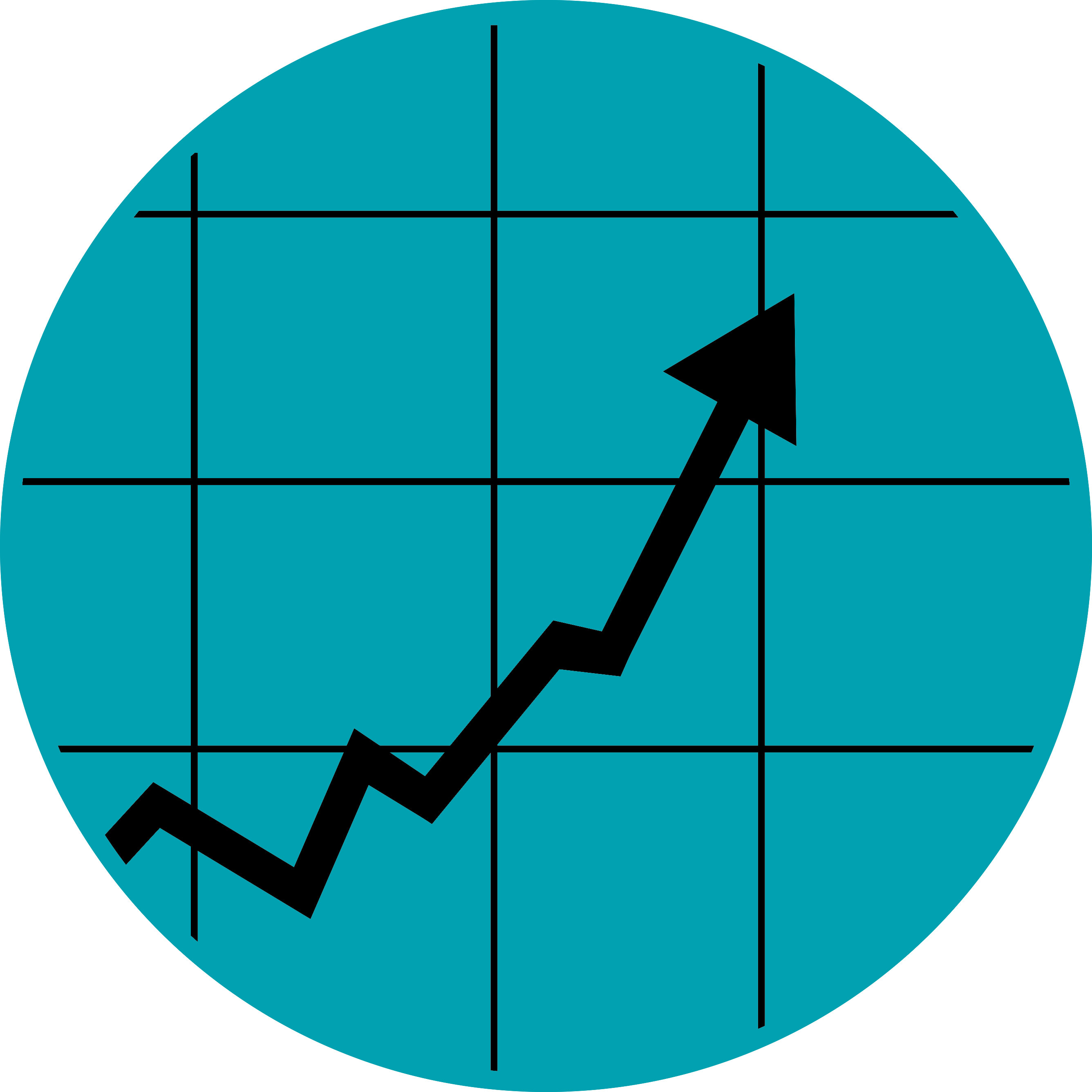
These teams not only were able to overcome the losses of key players but also improved the overall state of their franchises in the following years.
Rick Nash, Columbus Blue Jackets (2012)
 Situation: Nash had been a star in Columbus since the Blue Jackets made him the No. 1 pick of the 2002 draft, scoring 289 goals and making five All-Star Game appearances. But the Blue Jackets made the playoffs only once in that time, so they shipped Nash to the Rangers as part of a four-player, three-pick deal.
Situation: Nash had been a star in Columbus since the Blue Jackets made him the No. 1 pick of the 2002 draft, scoring 289 goals and making five All-Star Game appearances. But the Blue Jackets made the playoffs only once in that time, so they shipped Nash to the Rangers as part of a four-player, three-pick deal.
Effect: The Nash trade netted Brandon Dubinsky and Artem Anisimov, two players who have helped the Blue Jackets go from doormat to playoff contender. Columbus has made the playoffs three times since trading Nash, including the past two seasons.
Allen Iverson, Philadelphia 76ers (2006)
 Situation: "A.I." was a Philadelphia icon during his decade with the 76ers, winning four scoring titles and leading Philly to the Finals in his 2001 MVP season. The 76ers were going downhill, though, missing the playoffs in two of three seasons despite Iverson's prolific scoring, so they traded him to the Nuggets in December 2006 as part of a four-player, two-pick deal.
Situation: "A.I." was a Philadelphia icon during his decade with the 76ers, winning four scoring titles and leading Philly to the Finals in his 2001 MVP season. The 76ers were going downhill, though, missing the playoffs in two of three seasons despite Iverson's prolific scoring, so they traded him to the Nuggets in December 2006 as part of a four-player, two-pick deal.
Effect: The 76ers might have lost Iverson's excitement, but they improved in the five full seasons following the deal. After predictably missing the playoffs in 2006-07, Philadelphia made the postseason in four of the next five years and reached the second round once.
Chandler Jones, New England Patriots (2016)
 Situation: Jones didn't waste any time making an impact after being selected in the first round by the Patriots in 2012, recording 36 sacks in his four seasons in New England. After a 12.5-sack Pro Bowl season in 2015, the Patriots traded Jones to the Cardinals for Jonathan Cooper and a second-round pick in the 2016 NFL draft.
Situation: Jones didn't waste any time making an impact after being selected in the first round by the Patriots in 2012, recording 36 sacks in his four seasons in New England. After a 12.5-sack Pro Bowl season in 2015, the Patriots traded Jones to the Cardinals for Jonathan Cooper and a second-round pick in the 2016 NFL draft.
Effect: Does anything have a negative effect on the Patriots? Despite Jones' continuing to up his game in Arizona (he led the NFL with 17 sacks in 2017), New England has improved since giving up its pass-rush star, winning Super Bowl LI and losing to the Eagles narrowly in Super Bowl LII.
Albert Pujols, St. Louis Cardinals (2011)
 Situation: Pujols emerged in 2001 as a star of Ruthian proportions, slamming 445 home runs in 11 seasons with the Cardinals while winning three MVP awards and helping lead St. Louis to World Series titles in 2006 and 2011. Immediately after the second title, Pujols signed a 10-year, $254 million contract with the Angels.
Situation: Pujols emerged in 2001 as a star of Ruthian proportions, slamming 445 home runs in 11 seasons with the Cardinals while winning three MVP awards and helping lead St. Louis to World Series titles in 2006 and 2011. Immediately after the second title, Pujols signed a 10-year, $254 million contract with the Angels.
Effect: Although they lost their big slugger in Pujols, the Cardinals continued their winning ways, making the playoffs the first four seasons post-Albert. St. Louis even got back to the World Series in 2013, losing in six games to the Red Sox. Meanwhile, Pujols' production with the Angels, while good, has been below his St. Louis standard.
Old-school example: Marshall Faulk, 1999 (traded from the Indianapolis Colts to St. Louis Rams)
